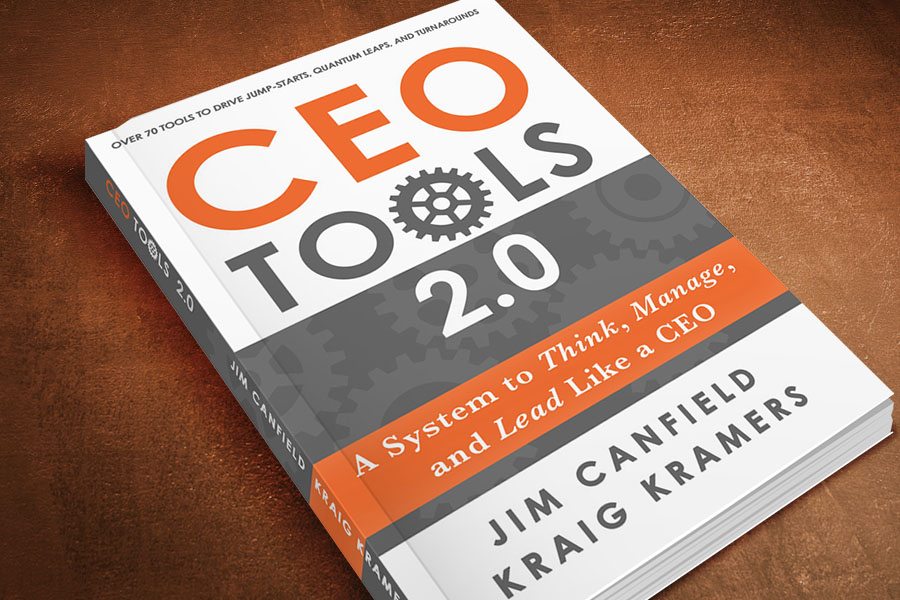‘CEO Tools’ Book Excerpt: Communicate to Build Trust
February 14, 2018

There’s an old saying: “No news is good news.” But in business, nothing is further from the truth.
Lack of frequent, consistent communication erodes trust within an organization. Intermittent, partial or flaky communication fosters distrust. The levels of trust and communication rise and fall together.
Building trust through clear communication can be one of your most valuable tools or, if ignored, can become the root of serious problems.
Frequent, Meaningful Communications
When we don’t communicate frequently and effectively with our teams, they fill in the storyline with rumors, speculation and assumptions. Those can all lead to catastrophic outcomes.
Often when the mind doesn’t know, it assumes a potentially negative outcome or intention. And when we assume the negative, we become suspicious. In turn, that suspicion leads to a lack of trust.
This downward spiral has an easy answer: communicate frequently and work to build trust. In fact, trust and communication rise and fall together. Although it’s a simple solution, it’s rarely practiced by most management teams.
Without trust, employees won’t give their best effort, and trust is essential to become a high-performing organization.
CEO Tools: How to Build Trust
Here are some tools and behaviors for improving communication and building trust. If you spend time every day building relationships with your people, you’ll be amazed at the improvement in trust and communication levels.
- Walk the Talk. Demonstrate that the rules apply to everyone – even you. Employees notice.
- Values. Establish your company values and reinforce them by making sure everyone knows them and sees them being practiced.
- Walk the Four Corners. Be visible and interact with the people in your organization, especially front-line people and those at the bottom of the organization chart.
- Be Fully Present. When talking with someone, be sure to stop what you’re doing, make eye contact, and truly listen.
- Communicate Regularly. Use email and print newsletters on a monthly or weekly basis, along with face-to-face meetings with direct reports. A favorite of high-performers leaders is the CEO or Manager’s Monthly Letter described in CEO Tools 2.0.
- Repeat Yourself. Find every opportunity to repeat company goals and direction. Being consistent and repetitive will dramatically enhance effectiveness and retention.
- Write Personal Notes. There is amazing power in the handwritten word. Many executives report keeping a handwritten note presented to them years ago. Send them to cheer on employees and congratulate them for results. Double down on the impact by sending notes to their home.
For Further Thought
- Are the values of the company understood and being modeled?
- How would you rate the current level of trust in your company?
- What are you doing to build trust through communications?
- What tools can you use to build trust?
- Does the level of trust in the company allow the most important conversations to happen, or are people holding back out of fear?
Leaders must communicate to build trust.
And trust, as author Stephen R. Covey says, is the highest form of human motivation: “It brings out the very best in people.”
- Coming next, Chapter Three: Track Metrix and Give Feedback.
- Previously, Chapter One: Set the Direction.
- Order “CEO Tools 2.0: A System to Think, Manage, and Lead Like a CEO” by Jim Canfield and Kraig Kramers.
Recent Articles
Stay informed with Aprio.
Get industry news and leading insights delivered straight to your inbox.
